1. Introduction to Caster Wheel Bearings
Caster bearings play a pivotal role in the functionality and efficiency of casters, those versatile wheels commonly seen on a variety of mobile equipment, from office chairs to industrial carts.
At the heart of every caster, a bearing operates silently yet effectively, ensuring that the wheel can rotate with minimal friction and maximum ease.
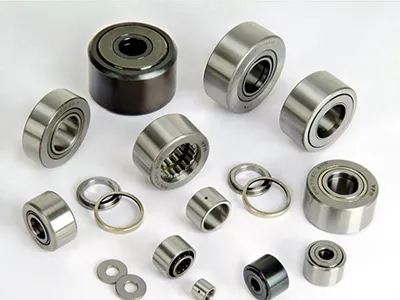
Understanding the nuances of caster bearings is essential for selecting the right type for your specific needs. This selection is not just about the bearing itself but also about the overall performance, durability, and suitability of the caster for its intended application.
In this article, we will delve into the different types of caster bearings, explore their structures and characteristics, and discuss the various materials used in their construction.
2. Types of Caster Wheel Bearings
Caster bearings come in various types, each with its unique structure and characteristics suited for specific applications. Understanding these differences is key to choosing the right bearing for your caster needs. Let’s explore the most common types of caster bearings:
Plain Bearings

- Structure: Plain bearings, also known as sleeve bearings, are the simplest type. They consist of a cylindrical sleeve made of wear-resistant material that allows the caster wheel to rotate around the axle.
- Characteristics:
- Advantages: These bearings are easy to assemble and are generally more cost-effective than other types. They are ideal for applications where cost is a significant factor.
- Disadvantages: Plain bearings are suitable for lighter loads and offer less precision in rotation. They can be more prone to wear and may require more frequent maintenance or replacement.
Ball Bearings
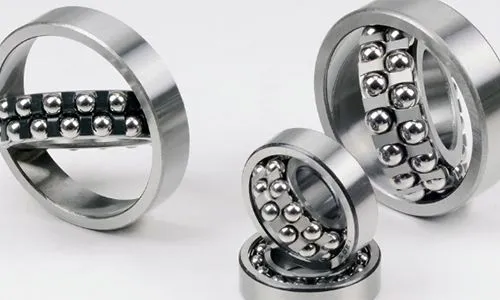
- Structure: Ball bearings are the most common type in caster applications. They consist of a series of hardened steel balls that sit between two races, reducing friction and allowing smooth rotation.
- Characteristics:
- Quiet and Durable: Ball bearings are known for their quiet operation and durability. They handle both radial and axial loads effectively.
- Variations: There are two main variations – double ball bearings, which offer enhanced load capacity and stability, and single ball bearings, which are more common in lighter applications.
Roller Bearings
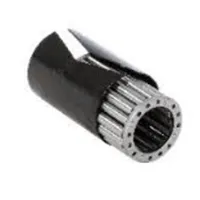
- Structure: Roller bearings consist of cylindrical rollers instead of balls. These rollers distribute the load over a larger area, making them suitable for heavier applications.
- Characteristics: Roller bearings are ideal for heavy-duty applications, as they can handle higher loads compared to ball bearings. They are robust and ensure smooth movement under substantial weight.
Tapered Roller Bearings
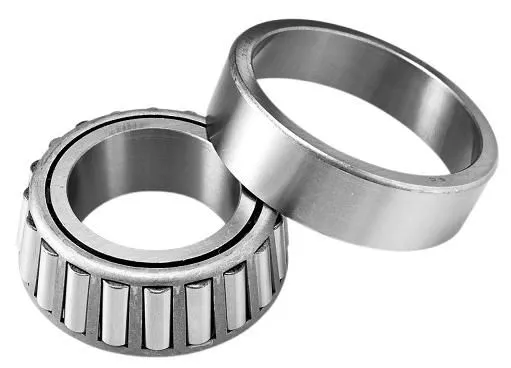
- Structure: Tapered roller bearings have conical rollers guided by a back-face rib on the cone. This design allows them to handle significant radial and axial loads in one direction.
- Characteristics: These bearings are perfect for applications where there are large radial and thrust loads. They offer high durability and are often used in more demanding industrial environments.
Telling Bearings
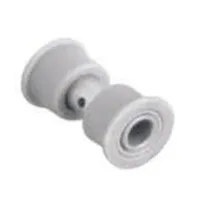
Telling is an engineering plastic that can be used for a long time in harsh environments such as damp, corrosive, and dry environments. Its rotational flexibility is average and its resistance is high.
Each type of caster bearing has its own set of benefits and limitations. Choosing the right one depends on various factors like load capacity, the environment of use, and the required maneuverability. In the following sections, we will further discuss the materials used in caster bearings and provide insights on selecting the most appropriate type for your needs.
3. Caster Bearing Materials
The materials used in the construction of caster bearings are as crucial as their design and type. The choice of material can significantly affect the bearing’s performance, durability, and suitability for specific environments. Let’s explore the three primary materials used in caster bearings:
Carbon Steel
- Description: Carbon steel is a popular material in the manufacturing of bearings due to its strength and cost-effectiveness. It’s an alloy made primarily of iron with a carbon content that adds to its hardness and strength.
- Characteristics:
- Affordable: One of the key advantages of carbon steel is its affordability. It offers a cost-effective solution for bearing manufacturing.
- Less Durable: While carbon steel bearings are strong, they are generally less durable compared to other materials. They are susceptible to corrosion and may require more frequent replacement in harsh environments.
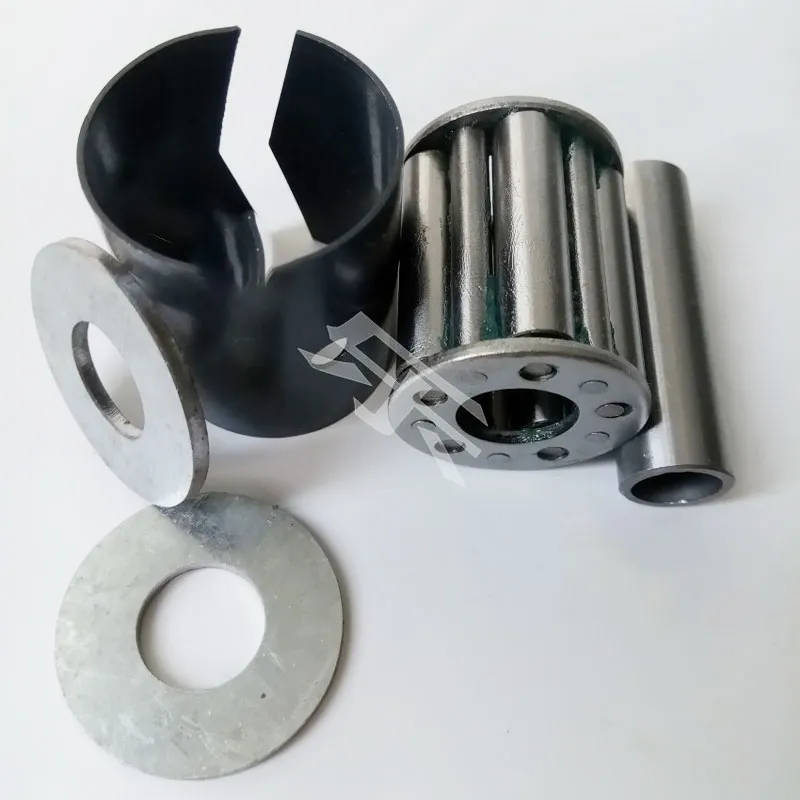
Bearing Steel
- Description: Bearing steel, specifically designed for bearing construction, is recognized for its superior durability and strength. This material is typically a high-carbon, high-chromium type of steel.
- Characteristics:
- Strong and Durable: Bearing steel is known for its exceptional strength and durability. It can withstand higher loads and is resistant to wear and tear, making it an ideal material for heavy-duty applications.
- Costlier but Long-Lasting: While more expensive than carbon steel, bearing steel offers a longer lifespan and better performance, making it a worthwhile investment for demanding applications.
Stainless Steel
- Description: Stainless steel bearings are known for their corrosion resistance and are often used in environments where moisture, chemicals, or other corrosive elements are present.
- Characteristics:
- Corrosion Resistance: The key advantage of stainless steel is its resistance to rust and corrosion, making it ideal for outdoor, marine, or food processing applications.
- Higher Price Point: Stainless steel bearings are generally more expensive than other types, but their longevity and resistance to harsh conditions often justify the higher cost.
The choice of material for caster bearings should be guided by the specific requirements of the application, including the load capacity, environmental conditions, and expected lifespan of the caster.
4. Choosing the Right Caster Bearings
Selecting the appropriate caster bearings is critical for ensuring the optimal performance, durability, and functionality of your equipment. The right bearing not only supports the load but also enhances the mobility and longevity of the caster. Here are some key considerations to guide you in choosing the most suitable caster bearings:
Assess Load Requirements
- Light vs. Heavy Duty: Consider the weight and type of load the casters will support. Light-duty applications like office chairs may do well with plain or single-ball bearings, while heavy-duty industrial applications require more robust options like roller or tapered roller bearings.
Consider Operating Environment
- Indoor vs. Outdoor Use: Bearings for outdoor or harsh environments should be more resistant to elements like moisture and chemicals. Stainless steel bearings are ideal for these conditions.
- Cleanliness and Hygiene Requirements: In environments like food processing or medical facilities, choose bearings that are easy to clean and maintain, and compatible with food-grade lubricants if necessary.
Evaluate Maneuverability and Noise Level
- Smooth Operation: For applications requiring smooth and precise movement, such as in retail or hospital settings, opt for caster bearings like double ball bearings that offer smoother rotation and better control.
- Noise Reduction: In environments where noise is a concern, ball bearings are preferable due to their quiet operation.
Special Requirements
- Food-Grade Applications: For casters used in food processing, ensure the bearings are compatible with food-grade lubricants and meet hygiene standards.
5. Caster Wheel Bearings Replacement
Replacing caster wheel bearings is a straightforward task that can be accomplished with a few basic tools. Here’s a step-by-step guide:
Tools and Materials Needed
- New Bearings: Make sure they are the correct size for your caster wheels.
- Screwdriver or Allen Key: Depending on the type of screws on your caster.
- Wrench or Pliers: To remove the nut holding the wheel in place.
- Hammer and Punch: For tapping out the old bearings.
- Grease: For lubricating the new bearings.
- Rag or Paper Towels: For cleaning. Steps for Replacement
- Prepare the Caster for Repair:
- Remove the caster from its mount, usually by unscrewing it.
- Place it on a sturdy, flat surface.
① Remove the Wheel:
- Use the wrench or pliers to remove the nut securing the wheel.
- Slide the wheel off the axle.
② Remove Old Bearings:
- Locate the bearings on either side of the wheel.
- Use the screwdriver or punch and hammer to gently tap the old bearings out. Be careful not to damage the wheel.
③ Clean and Inspect:
- Clean any dirt or debris from the wheel and axle area.
- Inspect for any damage that might require additional repair.
④ Install New Bearings:
- Apply a thin layer of grease to the new bearings.
- Align them with the bearing seats on the wheel and press them in. You may need to gently tap them into place with the hammer.
⑤ Reassemble the Wheel:
- Once the new bearings are in place, slide the wheel back onto the axle.
- Secure it with the nut, tightening it firmly but not overtightening.
⑥ Reattach the Caster:
- Place the caster back into its mount and secure it with screws.
⑦ Test the Caster:
- Ensure the wheel moves smoothly and the caster rotates freely.
Tips
- Wear Safety Gear: Gloves and safety glasses are recommended.
- Check Wheel Alignment: Make sure the wheels are aligned correctly to ensure smooth movement.
- Dispose of Old Bearings Properly: Don’t just throw them in the trash; consider recycling.
This should help you replace the bearings in your caster wheels effectively. Remember, if at any point you feel uncertain, it’s advisable to consult a professional.
6. Summary and Call to Action
In this comprehensive guide, we have explored the intricacies of caster bearings, a crucial component in the functionality and efficiency of casters. From understanding the different types of bearings – plain, ball, roller, tapered roller, and Telling bearings – to delving into the materials they are made from, including carbon steel, bearing steel, and stainless steel, we’ve covered essential aspects to guide you in making the right choice for your specific needs.
Now, the choice is in your hands.
Are you looking for high-quality, durable casters that can withstand the demands of your specific application? Do you need a reliable partner to provide expert advice and top-tier caster solutions?
Contact Us: Reach out to our team of experts for personalized advice and solutions tailored to your unique requirements.



